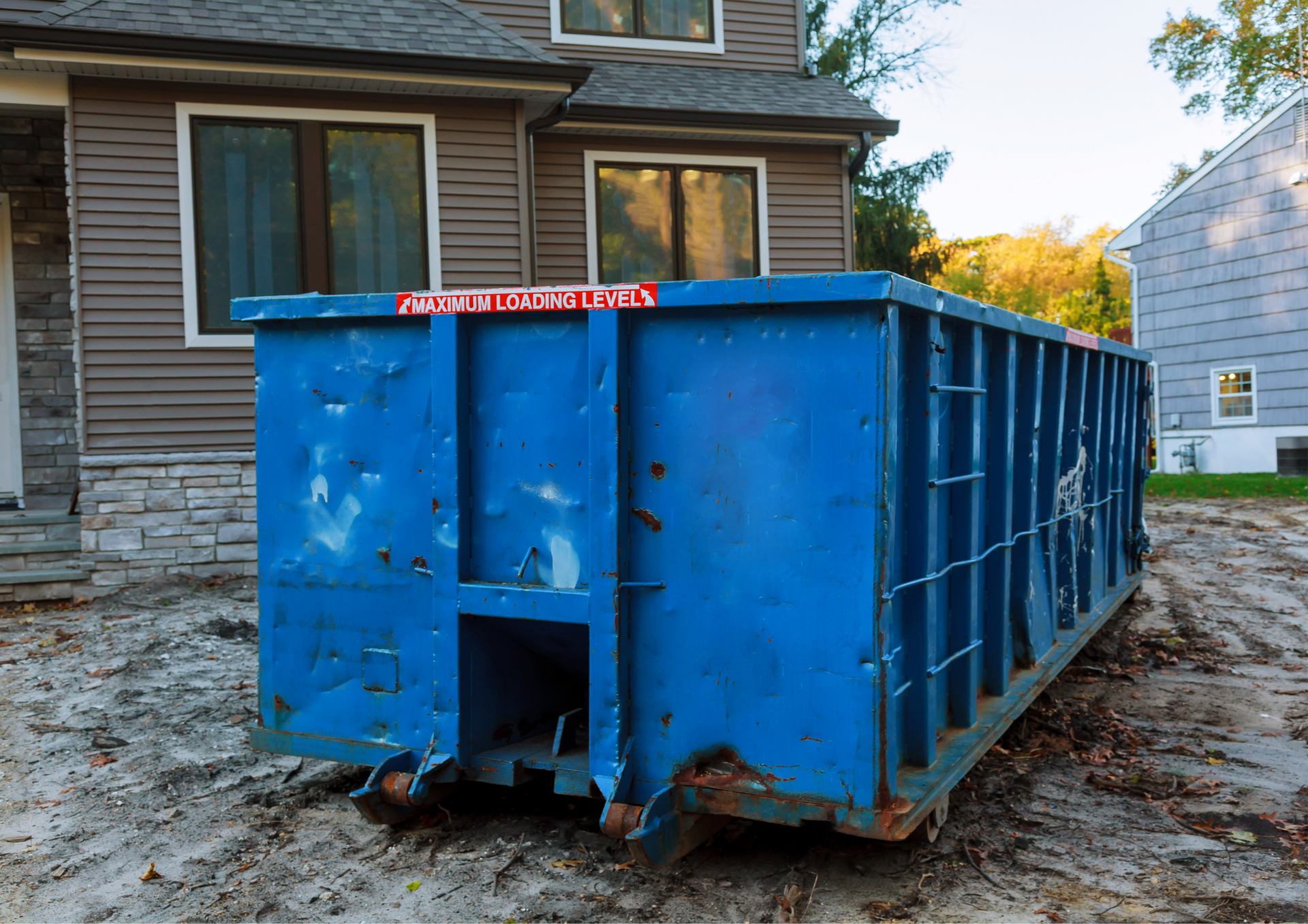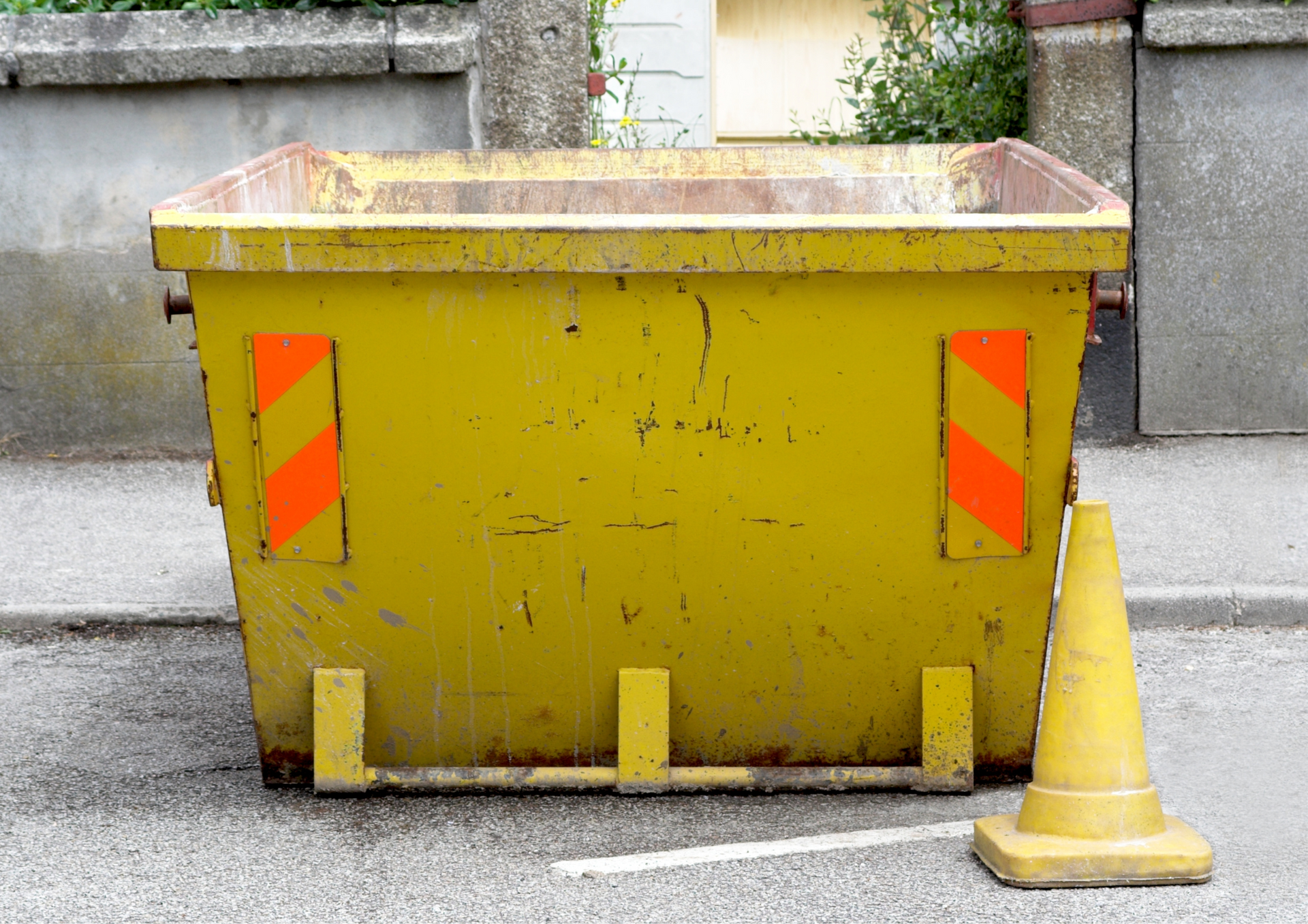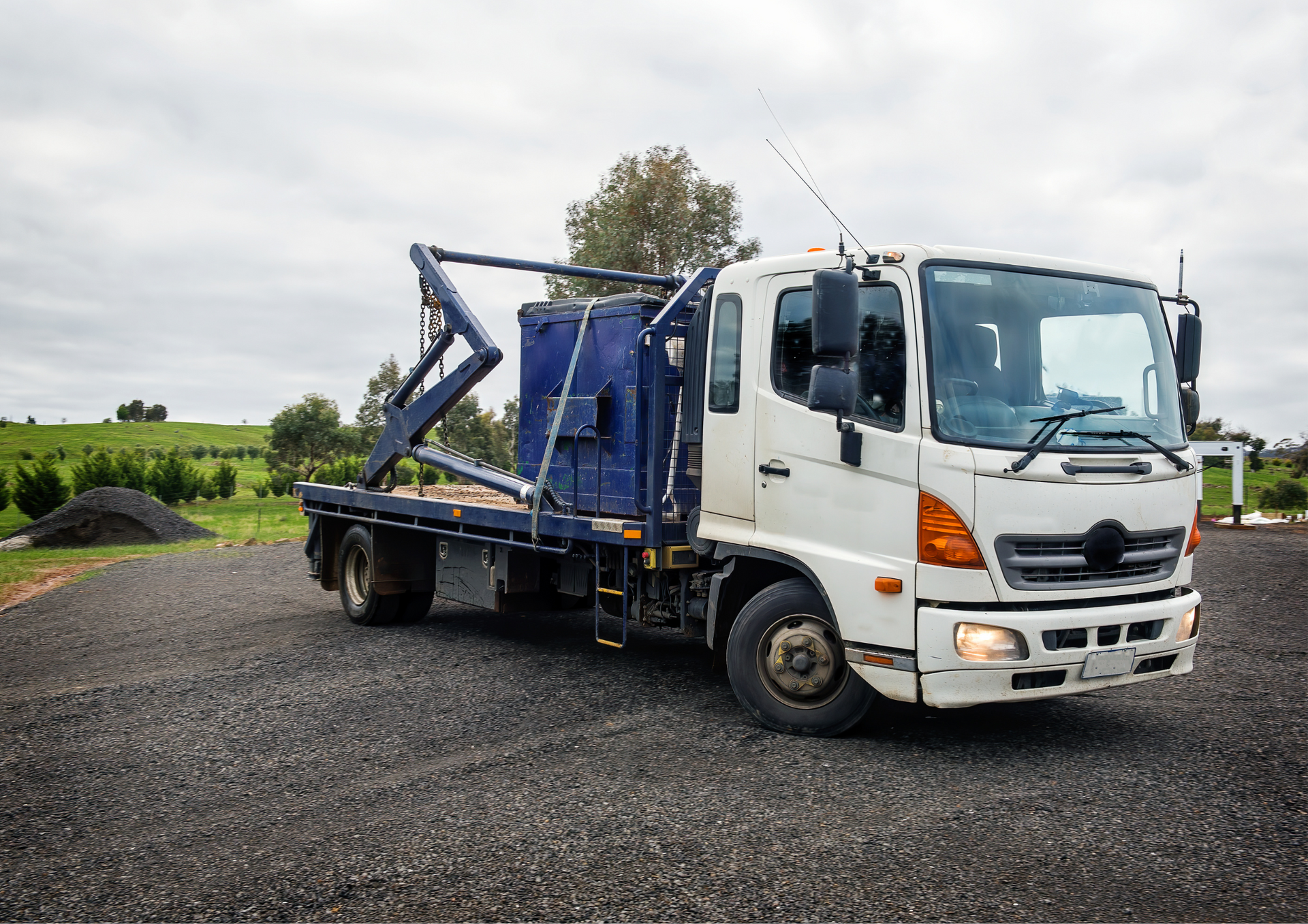Skip Size Guide: Choosing the Right Skip for Any Waste Project
When it comes to effective waste management, choosing the right skip size can save you time, money, and hassle. Whether you're undertaking a house renovation, clearing out your garden, or managing construction debris, having the correct size ensures your project runs smoothly.
This guide breaks down the essentials, helping you select the best option for your needs.
Understanding the Importance of the Right Skip Size
Selecting the appropriate size isn’t just about convenience—it’s about efficiency. Overestimating means paying for space you don’t use, while underestimating results in delays and possible additional costs. For homeowners tackling mid-size clean-ups or refurbishments, a 4 yard skip is often sufficient, holding around 30 to 40 bin bags of waste. It’s compact and ideal for limited spaces, like driveways.
Meanwhile, businesses managing office relocations or refurbishments should aim for something more spacious. Choosing the correct size helps you adhere to local regulations and promotes a more environmentally conscious disposal process.
Common Skip Sizes and Their Best Uses
In the UK, sizes are generally measured in cubic yards. A 2 yard skip is perfect for small domestic tasks—think garden pruning, shed clear-outs, or bathroom refits. It’s also a great fit for customers with minimal waste or restricted access for larger skips.
If your project is somewhere between minor works and larger builds, a 6 yard skip might be ideal. Popular with landscapers and small construction jobs, it can comfortably hold up to 60 bin bags. This makes it a good compromise when you’re unsure how much waste you’ll accumulate.
For more robust commercial projects or major home renovations, the 8 yard skip is often considered the industry standard. Holding up to 80 bin bags, it offers ample room for heavier waste such as soil, bricks, or old kitchen fittings. However, always check local council regulations when disposing of certain materials.
Factors to Consider Before Hiring a Skip
Before choosing your skip size, think about the type and volume of waste you’ll generate. Hazardous materials, electronics, and appliances often require special disposal methods and cannot be thrown into standard skips.
Placement is also key. Make sure there's enough access for delivery and collection vehicles. If the skip needs to be placed on a public road, you’ll likely require a permit from your local council. Discussing these details with your skip provider will help avoid unnecessary delays.
Remember that efficient skip use isn't just about space—it's also about smart loading. Distribute heavy and light materials evenly and break down bulkier items where possible.
Cost-Efficiency and Sustainability
Getting the right skip size can save you money in the long run. Opting for one that’s too small might mean ordering a second skip, doubling your costs and delaying your schedule. On the other hand, overspending on a massive skip for a small task wastes both money and space.
Environmental responsibility is also a growing concern for many businesses and individuals. A well-sized skip enables proper sorting and recycling of materials, which contributes to a greener, more sustainable future. Working with a trusted provider ensures that your waste is processed responsibly.
Skip Hire Oxford is committed to delivering professional, reliable, and affordable skip solutions. With a wide selection of sizes available, we cater to the unique needs of homeowners, builders, landscapers, and commercial clients across the region. Our experienced team offers clear advice, quick delivery, and responsible waste handling. We take pride in making
skip hire hassle-free—from permit support to prompt collections.
Don’t miss it on X: Find the perfect
skip size for your waste project with this guide!




